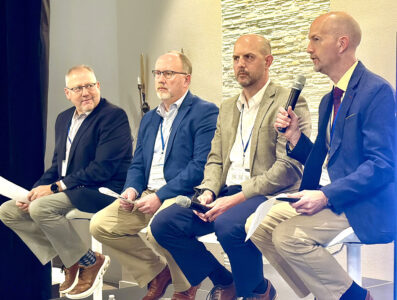ND hunger-relief orgs play role in reducing carbon emissions

Submitted Photo Food waste is the biggest source of methane emissions at landfills. Photo from Adobe Stock.
A new report said food banks across the globe are helping to significantly decrease carbon emissions and localized efforts are taking shape in North Dakota.
The Global FoodBanking Network’s annual impact report found food banks around the world stopped 1.8 million metric tons of carbon emissions last year by preventing food from going to waste in landfills. The network includes food banks in more than 50 countries.
Stacie Loegering, executive director of the Emergency Food Pantry in Fargo, said they partner with area supermarkets and other box stores to steer food which would otherwise not be sold to customers, to hunger-fighting organizations like hers.
“Last year, we gave out 1.5 million pounds of food,” Loegering reported. “We only bought 10% of that and so, we know that there’s a huge regional effort to get food that just isn’t going for sale into the hands of people who can’t afford it.”
Food waste in landfills is a major source of methane, a potent greenhouse gas capturing heat at a higher rate than carbon dioxide over a 20-year period. Loegering pointed out her team adheres to the Food Recovery Hierarchy touted by the Environmental Protection Agency, which lays out the most desired approaches to prevent food waste and trips to the landfill are the least preferred option.
Beyond working with retailers, Loegering noted there is some creativity emerging among local and state coalitions to foster meal repackaging efforts.
“When schools were done serving for the day, they were finding maybe a pan of vegetables that might just get thrown in the garbage,” Loegering said. “So, with a community effort, those are actually now getting repacked.”
Loegering noted they have a lot of food safety rules to follow, so finding refrigerator space is vital. Another challenge is working with smaller businesses, such as a local bakery, and pulling together enough resources to transport their donations when compared with the large deliveries from retailers.





